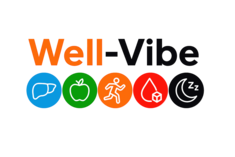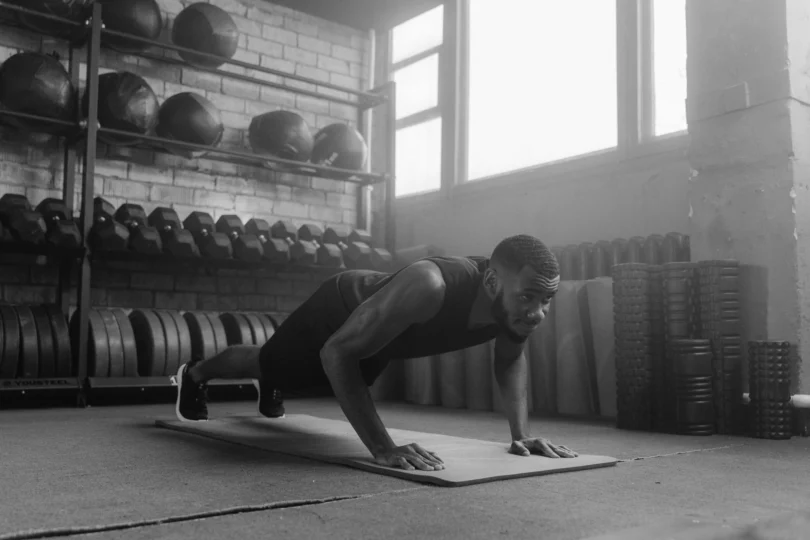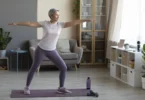I was shocked when a couple of years back, standing in the mirror in the bathroom, I barely recognized the man looking back at me. Where did the 30 pounds appear? When did the stairs leave me panting for breath? Effective workout routines became my obsession, not for ego’s sake but for sheer survival. And those weight-loss workouts? They would be my salvation for getting back the man who once was – the one with energy, confidence, and a waistline..
The Wake-Up Call That Changed Everything
The doctor didn’t sugarcoat things.
“Your blood tests are troubling, Pre-diabetic status. Blood pressure’s too high. And your cholesterol.” He hesitated, scanning my chart with the expression of physicians in medical school – worried but not quite judgmental.
“So what are we discussing? Medication?” I posed the question, bracing myself for a lifetime of pills. We could do it that way, he leaned back and said. Or, as a radical alternative, you can eat less and move more. I nearly burst out laughing. As if I hadn’t completed every workout program with a promise of “results in 30 days.” As if I hadn’t downloaded every workout app, purchased the resistance bands now gathering dust under my bed, or spent money on the stationary bike now serving as a pricey coat rack.
I said, with respect, “I’ve been exercising, with all due respect, and it doesn’t do anything for me.” He smiled, not unpleasantly. “Perhaps you have been doing the wrong exercise for your body and your age. Exercise shouldn’t be painful.” Something he said stuck with me though. Movement shouldn’t be a form of punishment. I began researching weight-loss workouts for men in their 40s that night. What I learned transformed everything I had ever believed about getting in shape.
The Midlife Fitness Crisis: You’re Not Alone
First, rest assured the slowdown you’ve noticed isn’t in your head. Men naturally lose a 1-2% rate of testosterone annually past the age of 40, affecting muscle mass, energy, and fat distribution (Hayes & Elliott, 2019). This change in hormones will have the effect of the workout regimens used in your 20’s and 30’s not giving the desired returns now.
The figures don’t lie:
- 75% of men above 40 report having difficulty maintaining their weight regardless of past success
- Metabolism declines around 5% every decade beyond 30
- Recovering between workouts naturally takes longer with advancing age
- Muscle mass decreases by approximately 3-8% per decade after age 30, accelerating after 60
But the good news that shifted my own thinking was this: As it’s reported in a classic study in the British Journal of Sports Medicine, men who initiate a program of regular exercise in their 40s and 50s make nearly as many cardiovascular gains as those who have been exercising since they were children (Shibata et al., 2018). To summarize, it’s never too late
Discovering My Fitness Identity Again
Like a lot of men, I’d measured exercise by my glory days – the high school football field, the college weightlifting sessions, or the weekend warrior games of basketball. To attempt those same things in my 40s was not only ineffective, but it was leading me into injury and discouragement as well. My return to physical shape demanded a humbling experience: starting over from the beginning.
Step One: An Honest Assessment I assessed where I was prior to diving into the workout routines:
- A body composition scan (found at most gyms) in order to determine my starting point
- The realistic examination of my schedule – how much time might I realistically dedicate?
- A listing of physical constraints (that persistent shoulder pain, the tightness in the lower back)
- A critical examination of what things I liked and suffered through
This final point was most important. The evidence supports this: One meta-analysis in the journal Psychology of Sport and Exercise established that intrinsic motivation (a liking for the activity itself) was the most powerful predictor of long-term adherence in middle-aged exercisers (Teixeira et al., 2012). Plainly, you’ll continue with workouts for weight reduction if you enjoy doing them.
Step Two: Embracing Functional Fitness
The biggest mentality adjustment was when I ceased pursuing the aesthetic ideals of my earlier days and instead embraced function over form. I started asking various questions:
- Not “How much weight can I bench?” but “Can I lift my children without hurting my back?”
- Not “Do I have visible abs?” but “Can I climb up a few flights of stairs without gasping?”
- Not “How do I look in my selfies in the gym?” but “How do I feel every morning when I wake up?”
This movement towards functional fitness transformed my entire exercise philosophy.
The 40+ Male Body: Working With, Not Against Biology
The toughest pill to swallow was that it was impossible to out-train inadequate recuperation. My 20-year-old self was able to punish myself in the gym, get five hours of sleep, and repeat the experience the subsequent day. My 40+-year-old body relayed a clear message: those days were finished.
The Recovery Renaissance
I learned that sufficient recovery was not a luxury; it was the key to good workout routines for men in my age bracket. This implied:
- Sleep prioritization – spending money on a better mattress was more beneficial than spending money on a single sport gadget, or meditating for better sleep
- Factoring in active recovery days, a gentle movement for blood flow with no stress
- Focus on nutritional timing – specifically protein intake for maintaining muscle
- Controlling stress levels – cortisol’s effect on belly fat was no theory; I was the example
The Workout Template That Changed Everything
After much trial and error, I developed a weekly template that finally delivered results:
Monday: Strength Training Focus
- Compound movements (squats, deadlifts, presses) with moderate weight
- 4 sets of 8-12 reps
- Focus on form over weight
Tuesday: Active Recovery
- 30-minute walk
- Basic mobility exercises
- Gentle Hip stretching
Wednesday: Metabolic Conditioning
- Circuit training with minimal rest between stations
- Heart rate in the 130-150 range (approximately 70-80% max)
- Total duration: 25-35 minutes
Thursday: Active Recovery
- Similar to Tuesday
Friday: Strength Training With Different Focus
- Different movement patterns than Monday
- More single-leg/arm work for balanced development
Weekend: Activity, Not “Exercise”
- Hiking, biking, swimming, or playing with my kids
- Something enjoyable that didn’t feel like “working out”
The Essential Equipment That’s Truly Worth
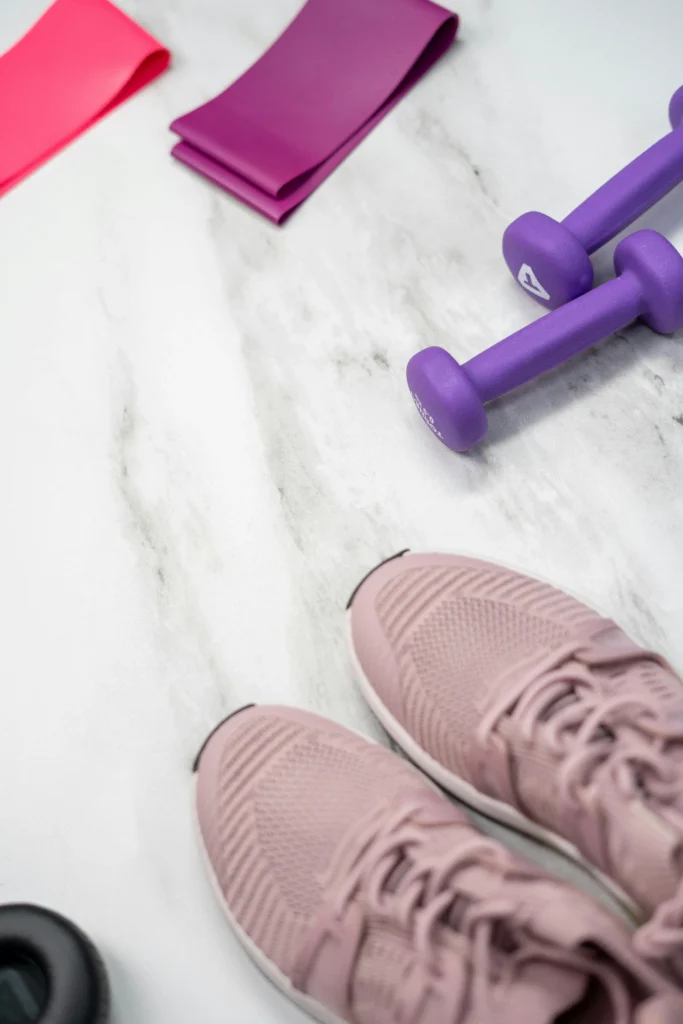
While having spent a lot of money on fitness equipment with promises of miracles, the following are the ones that truly impacted my progress:
The Non-Negotiables
- Properly fitting shoes – I spent money on suitable training shoes that were stable enough for the purpose of lifting, yet flexible for cardio. My knees appreciated it right away.
- Heart Rate Monitor – With the Polar H10 chest strap, I received precise feedback regarding my training intensity, avoiding undertraining as well as overtraining.
- Resistance Bands –Resistance bands were extremely useful for warm-ups, mobility, and also for full workouts while traveling.
- Foam Roller – My TriggerPoint GRID roller enabled me to take care of muscle tightness on my own, enhancing between-workout recovery.
Worth Considering
- Adjustable Dumbbells – My Bowflex SelectTech system saved space in my house and offered loads of progressive overload opportunities.
- Suspension Trainer – My door frame has the TRX system mounted, creating a multitude of body weight training variations.
- Sleep Monitor Device – Oura Ring enabled me to realize my healing patterns and improve the quality of my sleep
The Uncomfortable Truth About Weight Loss After 40
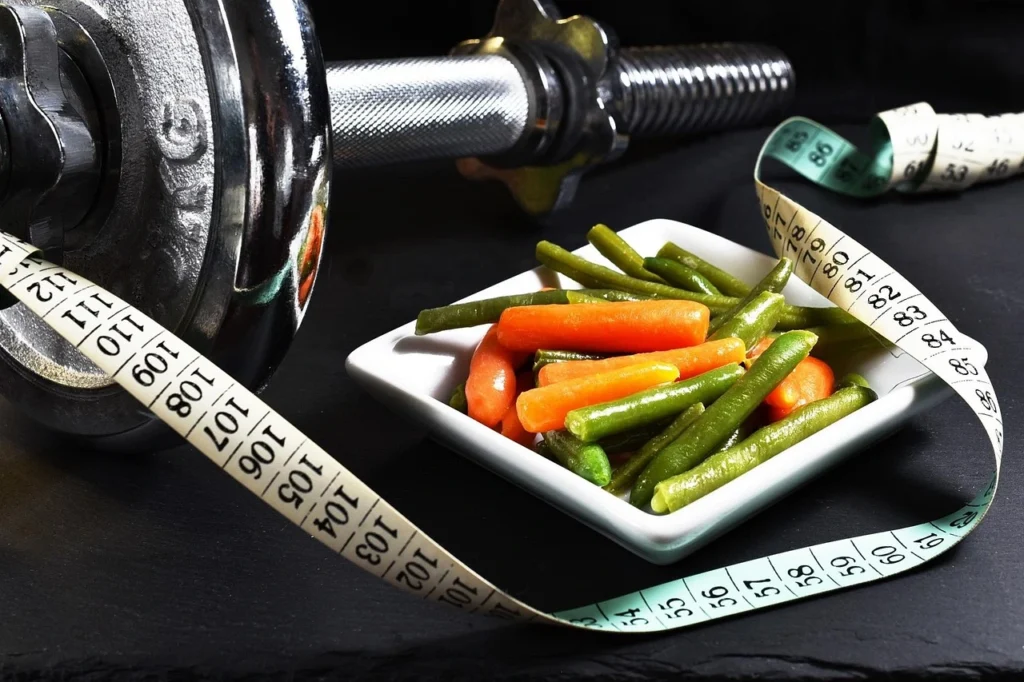
Here’s what no one tells you about weight-loss workouts in your 40s: You can’t do it with exercise only. In my 20s, I could increase my gym time and watch the pounds melt away. In my 40s, I had to confront the reality that I couldn’t out-exercise my diet.
The Nutrition Reboot
Instead of adhering to a strict “diet,” I made sustainable lifestyle changes:
- Protein prioritisation – 1.6g of protein for every kilogram of body weight daily, distributed throughout the day
- Strategic carbohydrate timing – reserving most of the carbohydrates for pre- and post-workout
- Focus on hydration – frequently, what seemed like hunger was thirst
- Volume eating – focusing on high-volume, low-calorie foods such as vegetables
- Alcohol restriction – limiting from “whenever” to certain social events
These alterations complemented my workout regimens by providing my body with what it required for it to perform and recuperate.
The Mental Game: Your Strongest Muscle
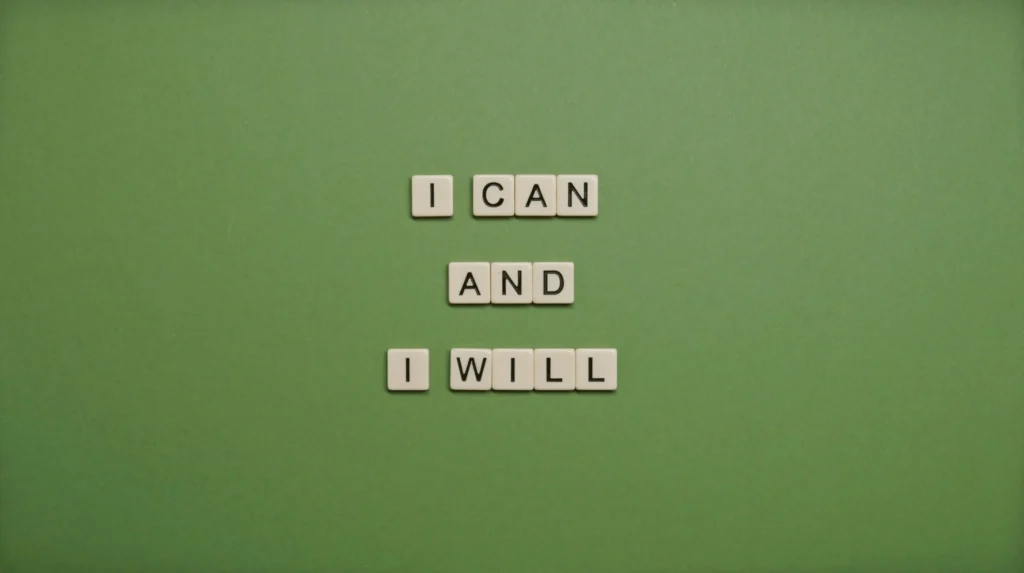
The physical transformation was only part of my journey. The mental shift proved equally powerful.
Releasing the Past
I had to let go of comparing myself to:
- My younger self
- Fitness influencers half my age
- Unrealistic standards that ignored my life responsibilities
Accepting the Process
Rather than measuring only outcomes (weight, measurements), I began commending process triumphs
- Consecutive days of meeting movement goals
- Increased energy during the day
- Improved sleep quality
- Decreased pain associated with everyday activities
Finding Community
Perhaps the most eye-opening was meeting other men in the same circumstances. Online or in person, having the experience with others who knew the challenges of the middle-aged fit uniquely provided perspective and accountability
My Outcomes: Beyond the Scale
Sixteen months later, I came back for a follow-up. The numbers did the talking:
- Blood pressure: normal range to borderline hypertensive
- A1C (marker for blood sugar level): from pre-diabetic to
- Cholesterol: healthy ranges in all markers
- Weight lost: 34 pounds. Waist size was decreased by 4 inches, But the most
important metrics couldn’t be quantified in the lab:
- Keeping pace with my kids without getting winded Confidence in how clothes fit
- Improved mental clarity throughout the day
- Improved mood reported by my wife and coworkers
- The reemergence of ambition for physical endeavors
Your Turn: Embarking on Your Midlife Fitness Revitalization
If my experience touched your heart, this is how you can start your journey
- Begin by being honest with yourself – Identify what you are starting with
- Establish process goals, rather than outcome goals – “I’ll exercise 3 times a week” instead of “I’ll lose 20 pounds”
- Motion you can enjoy – More important than intensity
- Make recovery a top priority alongside training – Rest, stress, and diet are as important
- Get in touch with peers – Find peers on similar paths for accountability
Don’t forget that consistency beats perfection. Those workout routines that bring about lasting changes are the ones you can commit to year in and year out.
The Surprising Benefit of Middle-Age Exercise
What started as a last resort in avoiding medicine developed into something with greater meaning. Taking my physical health back in my 40s changed my body and my attitude towards ageing. Rather than seeing my 40s as the onset of a decline, I now interpret this decade as a chance to prepare a foundation for healthy vitality in my 50s, 60s, and beyond.
The path towards fitness over 40 is not about regaining your youth – it’s about gaining a new type of strength obtained through cooperation with your body as it changes, rather than opposition upon it.
Will you be part of this midlife workout revolution with me? I’d love for you to share your story in the comment section below. If this article is useful, please subscribe to my weekly newsletter, in which I post practical tips on how busy men above 40 can improve their lifestyle with effective workouts that yield tangible outcomes without spending hours at the gym.
Join our community here for weekly science-backed health tips, free meal plans, and carefully curated product recommendations delivered straight to your inbox!
Disclaimer:
This blog post is for informational purposes only and is not intended as medical advice. Always consult with a qualified healthcare professional before making any changes to your diet, exercise routine, or healthcare plan. The information provided is based on personal research and experience and may not apply to everyone
